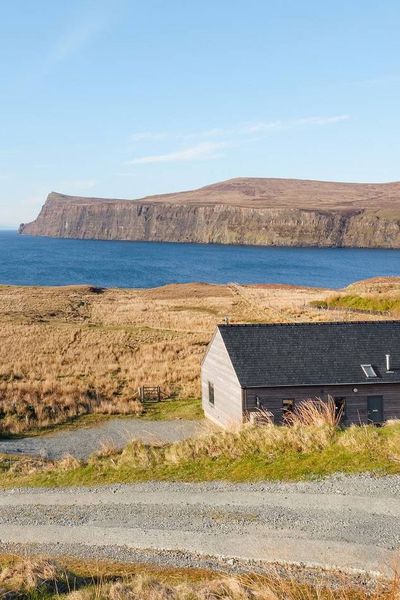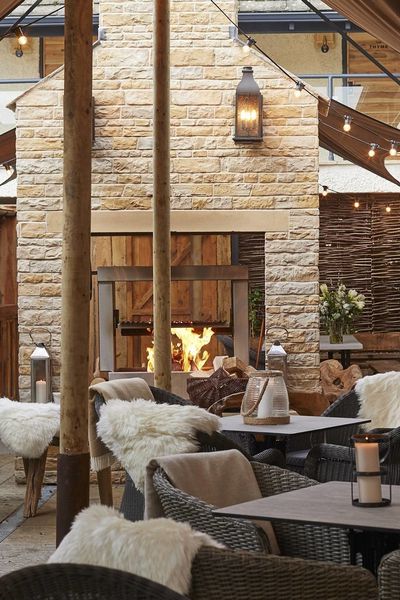
Seeing animals in their natural environment is one of the most inspiring and humbling things you can experience as a traveller. Knowing there are no guarantees, that all you can do is put yourself in the right place and hope nature shows up creates a sense of anticipation unlike anything else. Here are some of our favourite wildlife experiences and places to stay that make the waiting as great as the moment when that blurry speck actually turns out to be the elusive creature you’re looking for.
Browse all our places to stay >
Want more travel inspiration? Get our email updates direct to your inbox >
Sign up >Share this article:
You might also like
Our favourite places to stay for autumn colour

Christopher Wilson-Elmes
Sawday's Expert
5 min read
What’s growing on? Five of our owners on how their gardens are shaping up in Spring

Nicola Crosse
Sawday's Expert
5 min read
Park Lives: Jess Davison, youth ambassador for the Northumberland National Park

Christopher Wilson-Elmes
Sawday's Expert
5 min read

















